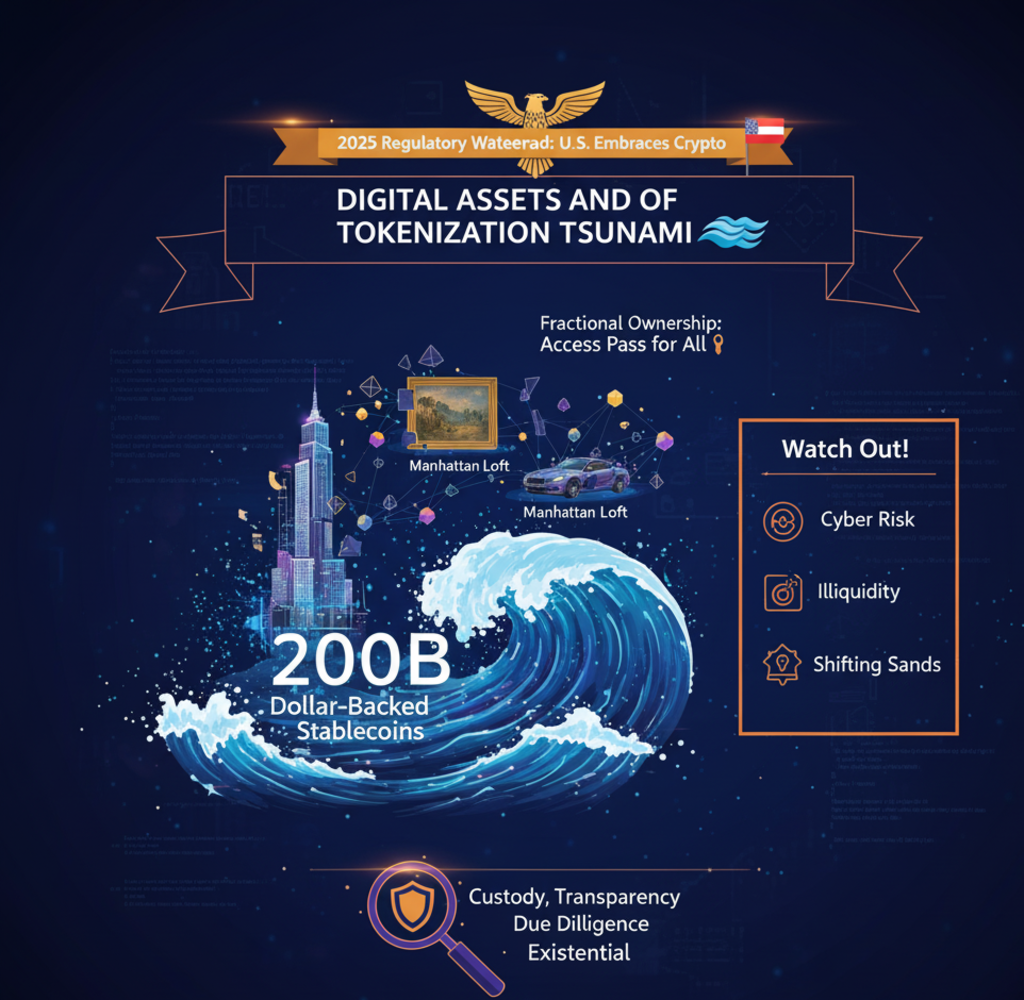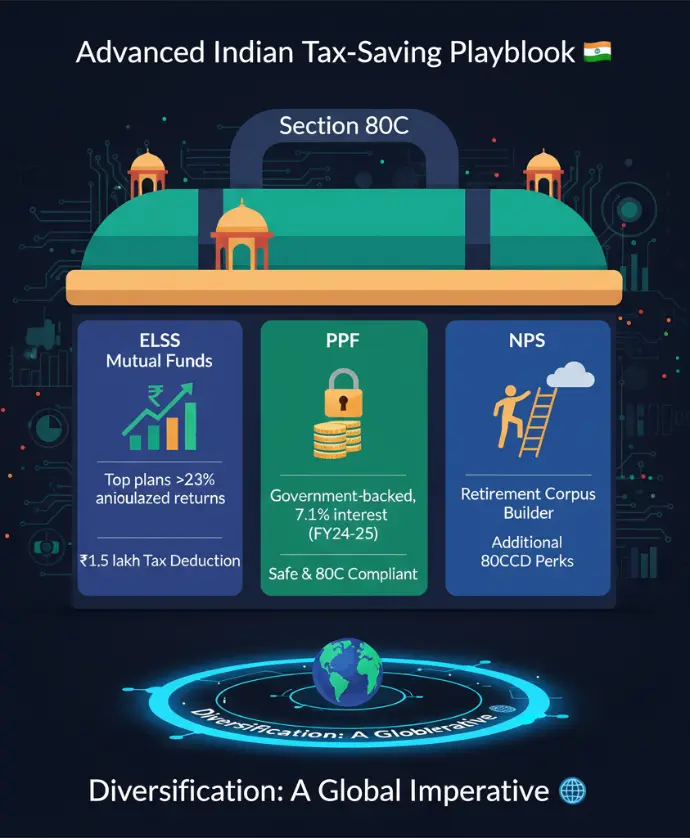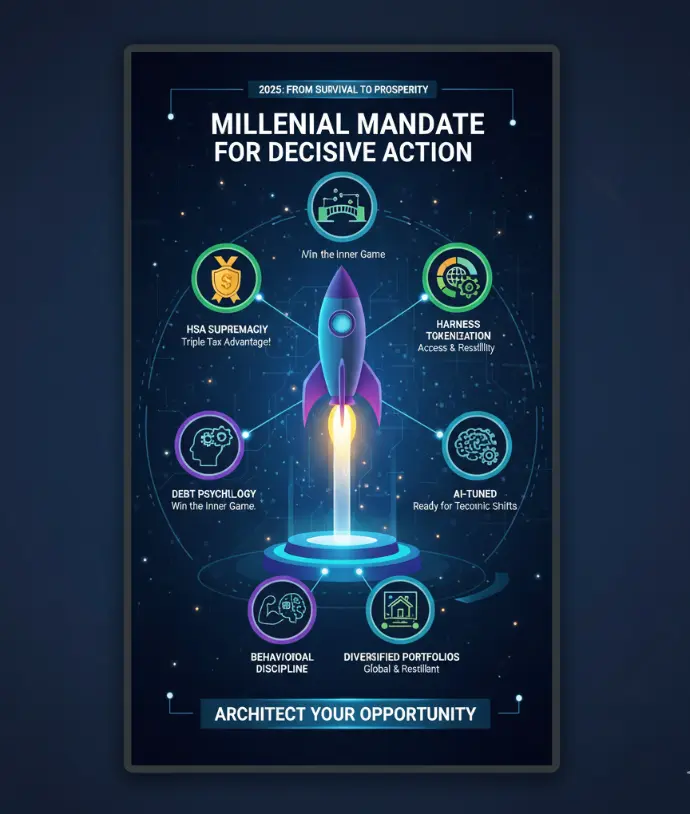The 2025 Millennial Roadmap
Sequencing for Success 🗺️
Hierarchy matters: pay down debt > snare the employer match > maximize HSA > fill IRA/Roth > only then invest in a taxable brokerage account.
Stabilize: Build value-driven budgets, lock in insurance, establish emergency funds, slay high-interest debt first.
Accumulate: Capture that sweet employer match, max out your HSA, then IRAs. Expand emergency stashes to six months’ survival.
Accelerate: Deploy excess capital in broad ETFs, layer on conviction-based satellites (AI, clean energy, fractional art/real estate), optimize for post-tax value.
Finance isn’t a sprint; it’s a series of practiced, forceful lunges punctuated by periodic recalibration, always with an eye on “future-proofing” against storms.











